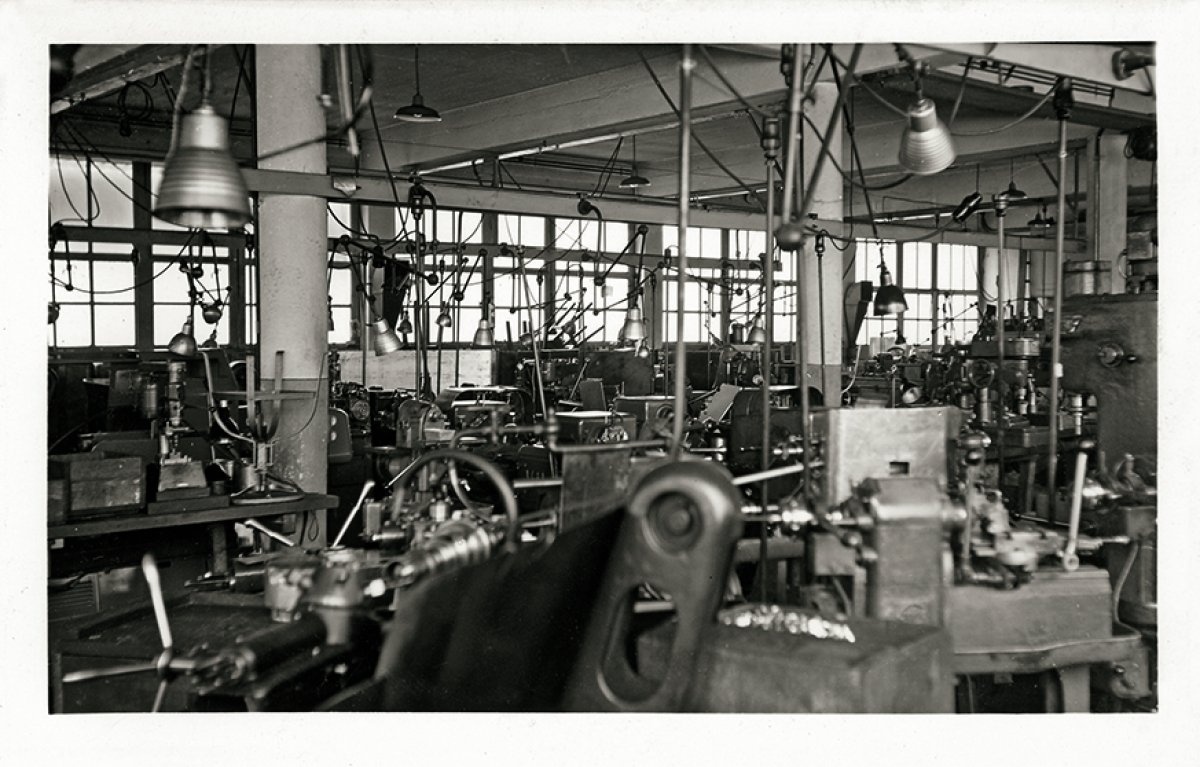[Key moments in Anthogyr's history] 1815 - 1946: Bar turning and the arve valley: the birthplace of Anthogyr
Bar turning, or décolletage in French, began in France’s Arve Valley at the end of the eighteenth century as a result of the particularly harsh winters that kept farmers indoors and at the workbench. In those days, metal work consisted of crafting screw threads by turning the material. With only the simplest of equipment'hand tools and foot-operated lathes'peasants would work during the offseason making parts to earn extra income. Soon, due to demand from artisans in Geneva, Switzerland, a seasonal activity performed in the back corners of barns came to specialize in moving parts for watches and timepieces. In the early nineteenth century, Claude Anthoine, the first of his kind, liked to say that he had four occupations: farmer, miller, beekeeper, and artisan watchmaker.
Over time, the business grew and the instruments used were improved. In 1835, a shaft was added to bar lathes allowing users to craft consistent, identical parts without constantly switching out tools; in 1870, the machines became automated through the use of rotating cam-holders. The task’s precision and the tiny size of the parts turned workers into true professionals of their vocation. In 1848, two events bore witness to this transition: first, a French Royal School of Watchmaking was formed, and second, Joseph Anthoine, Claude’s son, officially registered a specialized subcontracting workshop.
"The opening of a second production site in Sallanches, France in 1919 was a testament to the industrial scale of the family business"
Nevertheless, it took until the third generation before the first factory was built. In 1908, Émile Anthoine constructed the factory in nearby Magland, at the same time that he founded the Anthoine establishments, which became Anthoine Émile et Fils (AEF) in 1917. The opening of a second production site in Sallanches, France in 1919 was a testament to the industrial scale of the family business and its reputation in the valley. Deemed a ?priority business? by the French government in 1943, AEF experienced no shortage of raw materials during the war. The company then underwent a decisive diversification that would one day give rise to Anthogyr.
